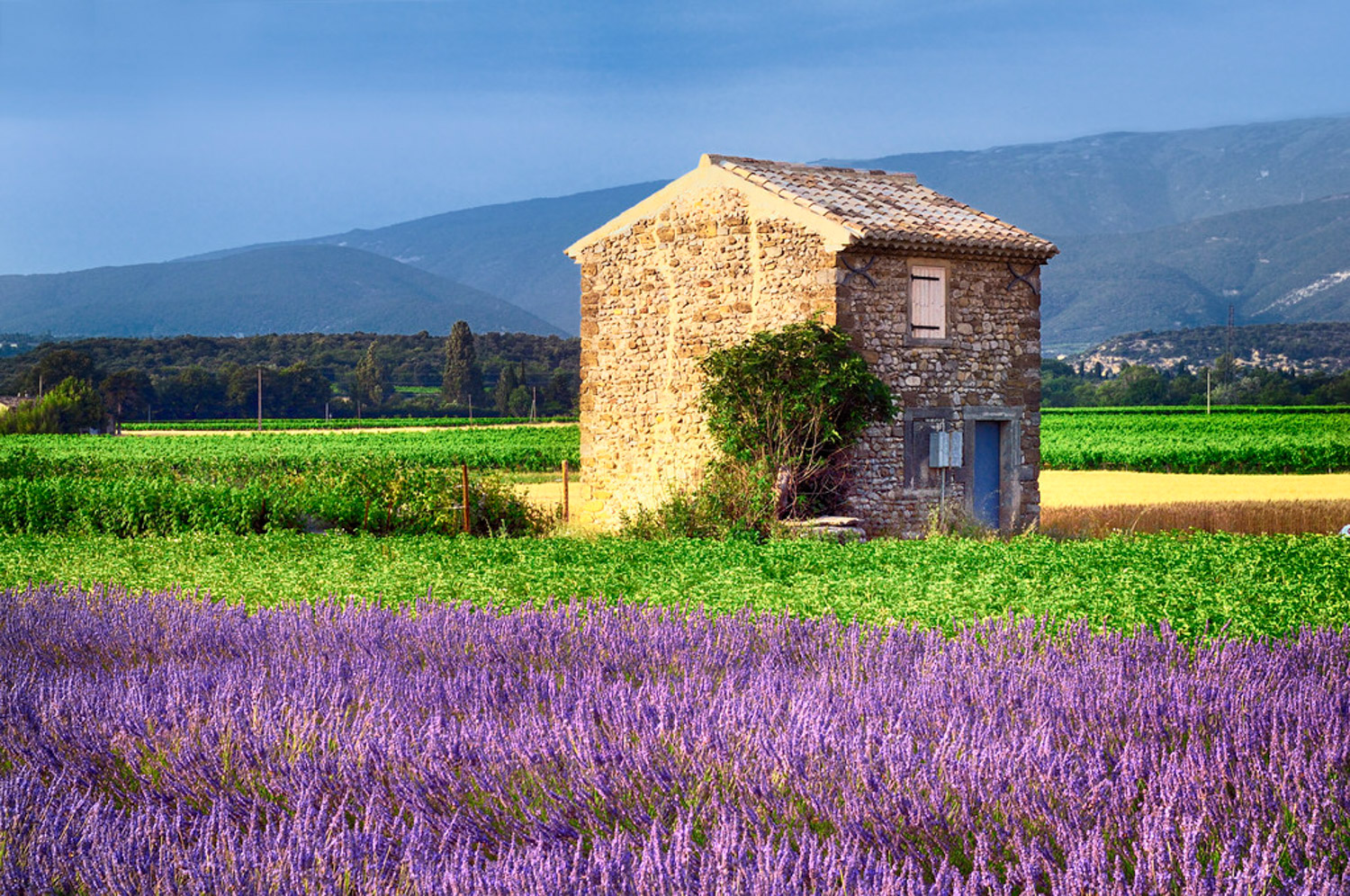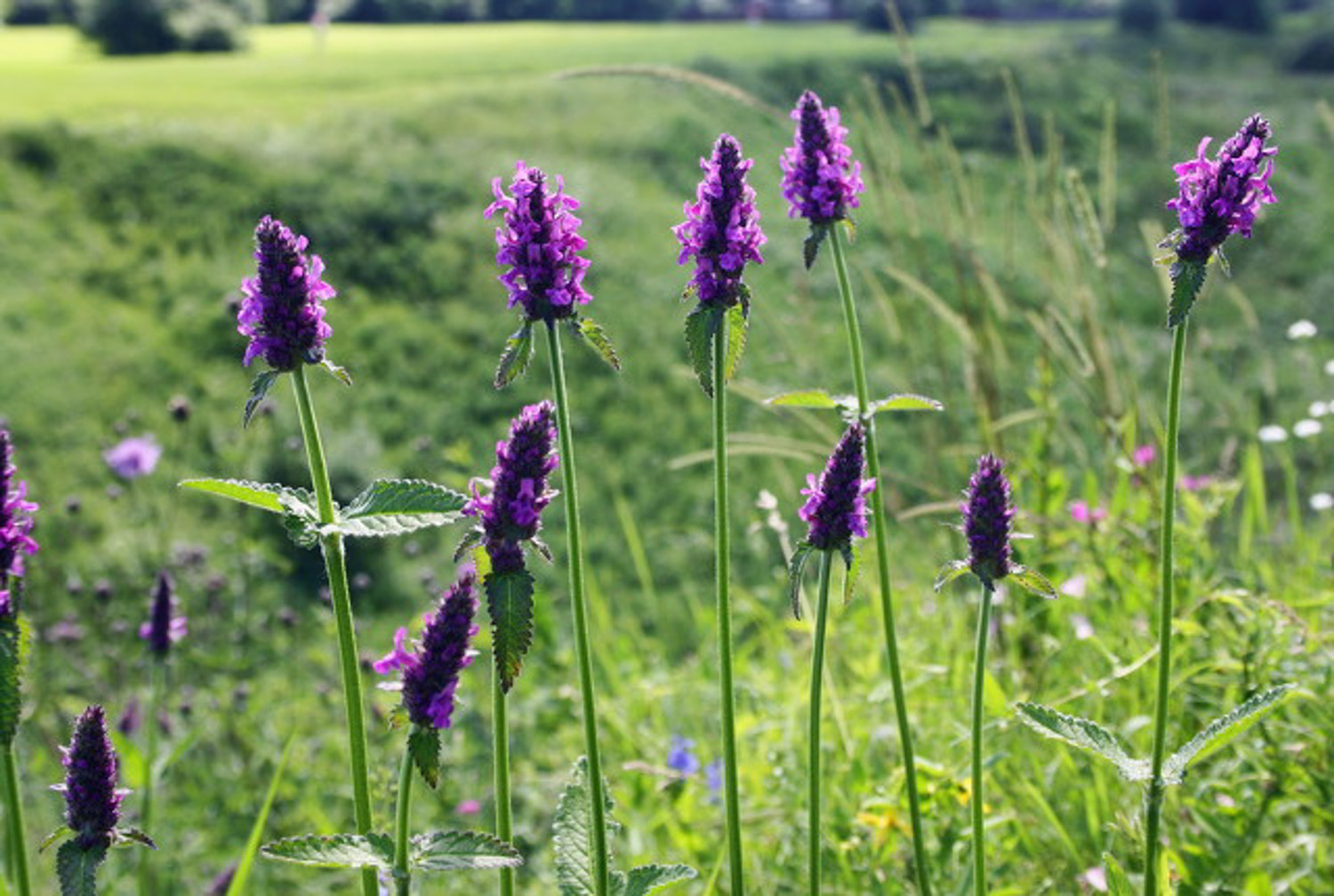1、 Sowing time
Lavender is usually sown in spring, when the temperature gradually rises, which is good for seed rooting and germination and seedling development. If it is in the south, autumn sowing can also meet its growth conditions. In summer, the temperature is high and the light is very strong, which is easy to sunburn the seedlings. Winter is relatively cold, the growth of seedlings is slow, and there is a risk of being frozen, which will affect the future growth

2、 How to promote germination
The seed germination rate of lavender is relatively high, and there is no problem even if it is not accelerated, but it still needs to be treated for the sake of insurance. First, prepare a container, put paper towels in it, use boiled water to eliminate the poison, and then wait until the temperature drops to the same as the room temperature, put the seeds on it, cover it with plastic film, and poke several holes on it for ventilation. Gibberellin is usually not recommended to promote germination. If the dosage is not well controlled, it is easy to lead to plant overgrowth

3、 Basin soil preparation
Lavender can not be planted in acidic or alkaline soil. If the soil is too sticky, it is not conducive to the respiration of roots, and the water is not easy to penetrate. Usually use loose and breathable sandy soil, which can be prepared from garden soil, peat soil and river sand, and add a little base fertilizer

4、 Seeding and seedling raising
After the pot soil is prepared, fill it into the flower pot, and bury the sprouted seeds on it and cover it with a layer of fine soil. The sowing shall be properly watered to keep the basin soil moist. When the plant grows a little, it can see the light properly. It should be properly topdressed at its seedling stage. Usually, compound fertilizer is used

5、 Collect seeds
Lavender seeds are very small. Generally, after the flowering period, the flowers need to be cut off and dried in the sunny place. Then beat it with a wooden stick to shake the seeds out

 how many times do yo...
how many times do yo... how many planted tre...
how many planted tre... how many pine trees ...
how many pine trees ... how many pecan trees...
how many pecan trees... how many plants comp...
how many plants comp... how many plants can ...
how many plants can ... how many plants and ...
how many plants and ... how many pepper plan...
how many pepper plan...




























